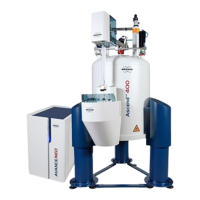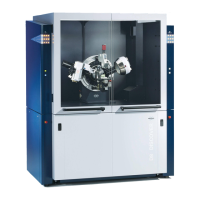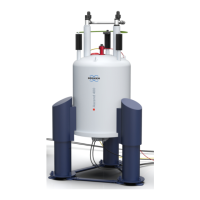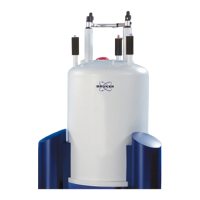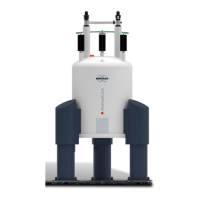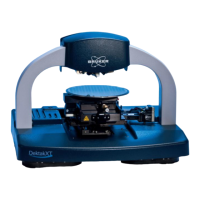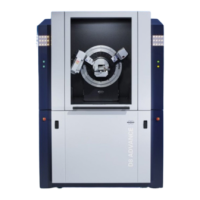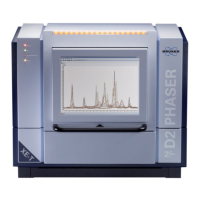Safety
10 / 120 H157654_9_011
Ensure that all loose ferromagnetic objects are outside the 5 Gauss (0.5 mT) field zone of
the magnet before the magnet is ramped to field. Human experience and reaction speed are
totally inadequate to cope with the extremely nonlinear forces the magnet exerts on iron ob-
jects. Therefore no ferromagnetic objects should be allowed to enter the magnet room after
the magnet is energized.
2.1.1 Exclusion Zone
The Exclusion Zone is the area inside the magnet's 5 Gauss (0.5 mT) field line, extended in
all directions, including rooms above and below the magnet area.
Individuals with cardiac or other medically active implants must be prevented from entering
this area. The exclusion zone must be enforced with a combination of warning signs and
physical barriers.
2.1.2 Security Zone
The Security Zone is usually confined to the room that houses the magnet.
Ferromagnetic objects should not be allowed inside the security zone to prevent them from
becoming projectiles.
2.1.3 The Safety Lines
The EU directive 2013/35/EU describes these safety lines for magnetic flux density of static
magnetic fields in its Annex II “Non-thermal effects – Exposure Limit Values and Action Lev-
els in the Frequency Range of 0 Hz to 10 MHz”, in Table B4 as so-called Action Levels
(ALs).
Hazards Action Levels (B
o
)
Interference with active implanted devices, e.g. cardiac pace-
makers.
0.5 mT
Attraction and projectile risk in the fringe field of high field
strength sources (> 100 mT).
3 mT
Table2.1: Action Levels for Magnetic Flux Density of Static Magnetic Fields
Notes:
• To find out where these safety lines are, please refer to the chapter Magnetic Fringe
Fields [}43].
• The > 100 mT value for high field sources refers to the central field of these sources (i.e.
magnets) and not to the strength of fringe fields.
• The Action Levels (B
0
) values refer to the strength of fringe field and not to the commonly
known B
0
central magnetic field of the NMR magnet.
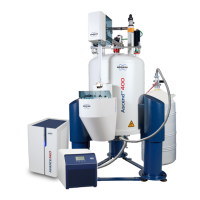
